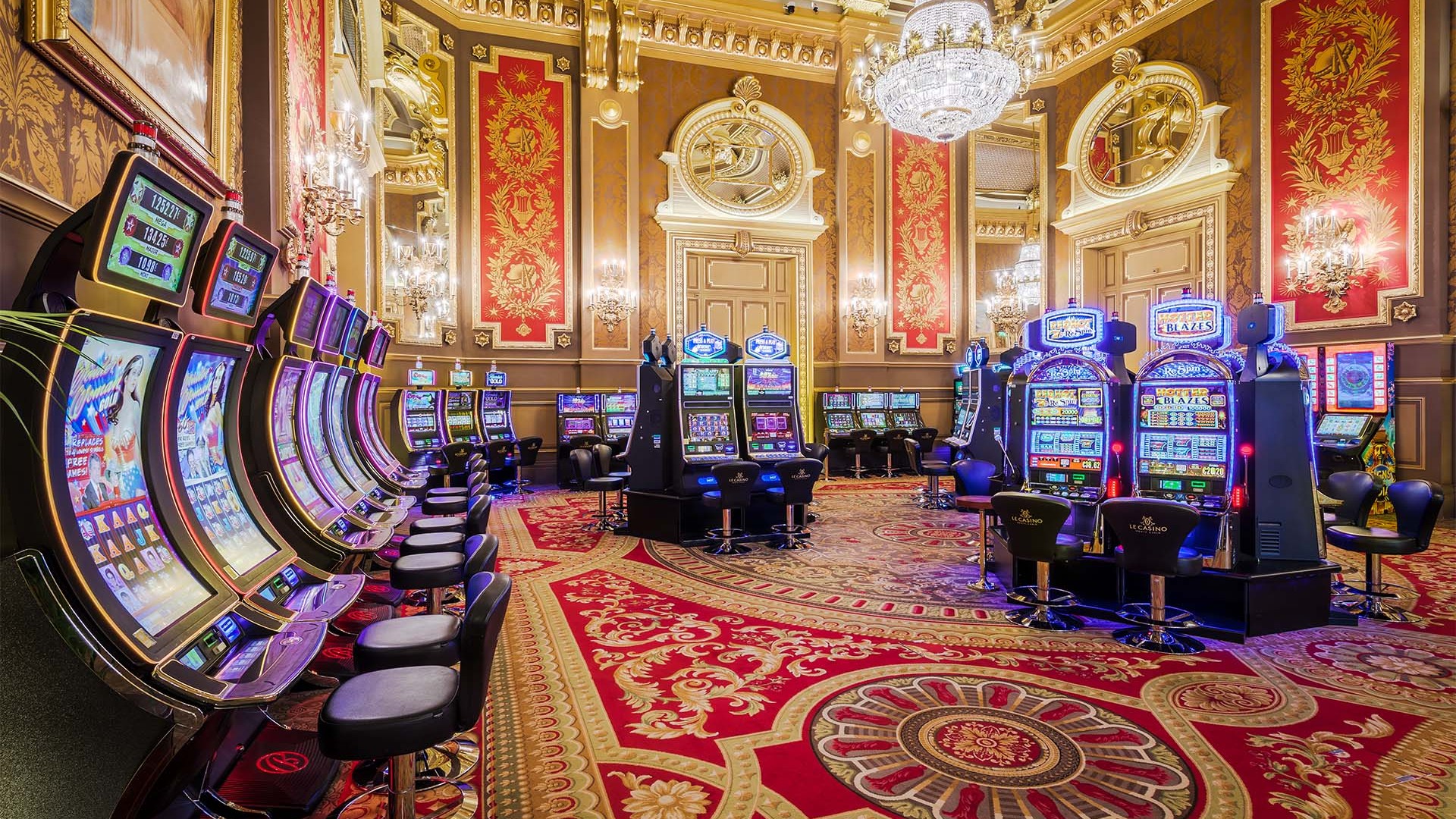
Within the vibrant and thrilling world of gaming establishments, wherein fortune and tactics intertwine, color and aesthetic play a key role in attracting players. As soon as players step into a casino or log into a gaming website, they are enveloped in a sightly feast that captures their attention and lures them to explore further. https://789betvn.co/ Vivid colors, engaging graphics, and creative layouts are carefully crafted to create an atmosphere of excitement and expectation, ultimately improving the gaming encounter.
As gamblers move through the ever-changing landscape of casino games, they come across a range of designs that not only serve aesthetic purposes but also influence feelings and choices. Colors like red and gold symbolize wealth and fortune, while soothing blues and greens can create a more tranquil environment. Understanding how these elements function together allows casinos to create an welcoming and stimulating atmosphere that encourages players to interact with the games, spend more time at the tables, and increase their overall enjoyment.
The Study of Hue in Casino Games
Color plays a crucial role in the design of gaming experiences, affecting players’ feelings and responses. Lively and bold colors, such as scarlet and yellow, are often used to ignite excitement and capture focus. These hues create a sense urgency and dynamism, encouraging players to involve themselves more eagerly with the experience. By strategically selecting hues, developers aim to elicit emotions of pleasure and excitement, which can enhance the overall player experience.
Distinct colors also have psychological associations that can influence how players perceive their chances of winning. For example, emerald is often associated with fortune and abundance, making it a popular choice in activities like the roulette wheel and poker tables. This association can lead players to feel more optimistic and self-assured in their gaming, ultimately inspiring them to bet more. Comprehending these associations allows game creators to create environments that enhance player happiness and retention.
Furthermore, the design of gaming interfaces often uses gradients and contrasting colors to instruct players’ actions. For case, successful combinations may be emphasized with vivid, contrasting hues, creating a visual reward. This technique strengthens successful results and supports repeated gameplay. By leveraging the psychology of color, casinos can create games that not only captivate players but also keep them engaged and invested in their play experience.
Design Features that Engage Gamers
The visual appeal of gambling games is primarily influenced by the implementation of bold colors. Lively and contrasting colors are strategically chosen to create an inviting atmosphere that grabs interest. For example, reds and golden hues often signify good fortune and prosperity, which is why they are prevalent in the palettes of gaming machines and table surfaces. These colors not only draw players in, but they also evoke emotions associated with thrill and expectation, enhancing the total gaming experience.
In parallel to color, the design and organization of casino games play a crucial role in player attraction. Games are designed to be intuitive, ensuring that players can quickly understand the guidelines and mechanics. Accessible interfaces, along with captivating graphics and animations, help maintain player interest and promote longer play sessions. The tactile elements, such as the texture of the controls and the audio of the games, also contribute to a comprehensive sensory experience that keeps players immersed.
In conclusion, thematic elements in gaming design can greatly influence gaming decisions. Many casino games are inspired by media, myths, or exploration motifs, featuring symbols and characters that resonate with players. These themes create a sense of engagement and relatability, making each game feel distinct. When players feel a connection to the theme, they are more likely to choose that game over others, leading to increased participation and enthusiasm within the casino environment.
Case Studies: Notable Casino Slot Designs
One noteworthy example of successful casino game design is the well-known slot machine series based around popular movies. Games such as those based on the The Wizard of Oz and Game of thrones utilize vibrant colors and high-quality graphics to enthrall players in familiar narratives. The use of dynamic visuals and captivating sound effects grabs the focus of players, establishing an emotional connection to the theme. This strategy not just encourages longer play but also improves the overall gaming experience, leading to increased player retention.
Another successful case is the use of color psychology in table games like blackjack and the wheel. Casinos often design these games with deep reds and greens, colors traditionally connected with luck and wealth. For instance, the green felt on a 21 table provides a soothing effect, while the crimson accents in roulette invite excitement. This thoughtful use of color helps to create an inviting atmosphere that stimulates players to participate, addressing their psychological impulses and increasing their enjoyment.
Finally, online casino games that include community features and lively, colorful designs have seen remarkable success in engaging players. Games like Zynga’s Poker and Slotomania leverage vivid colors and playful animations to forge an inviting online environment. The addition of leaderboards, community sharing options, and in-game rewards promotes competition and community, drawing players in for longer sessions. Such designs merely make the games visually appealing but also emphasize social interaction, a crucial factor in player retention and engagement within digital casino environments.
